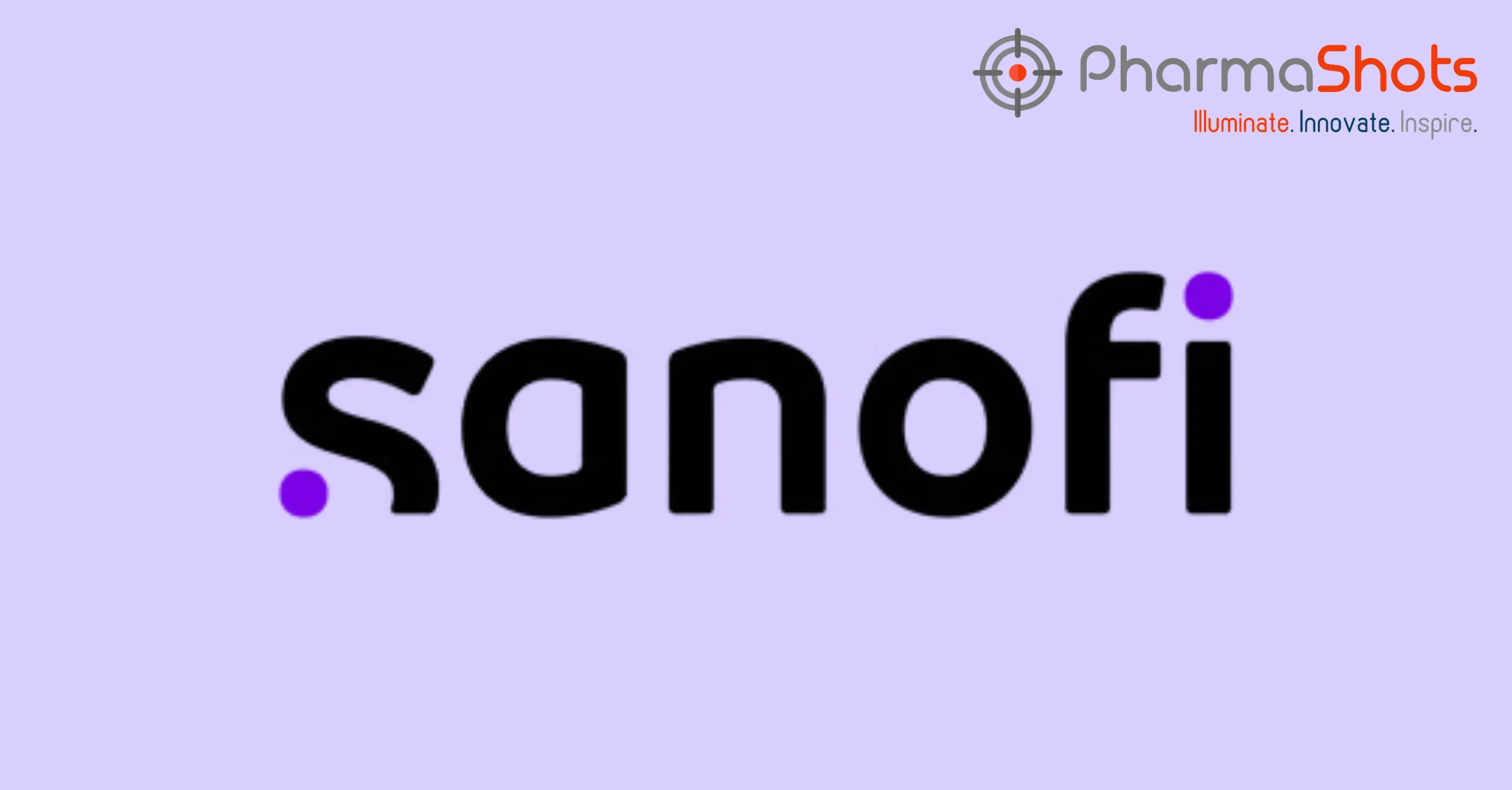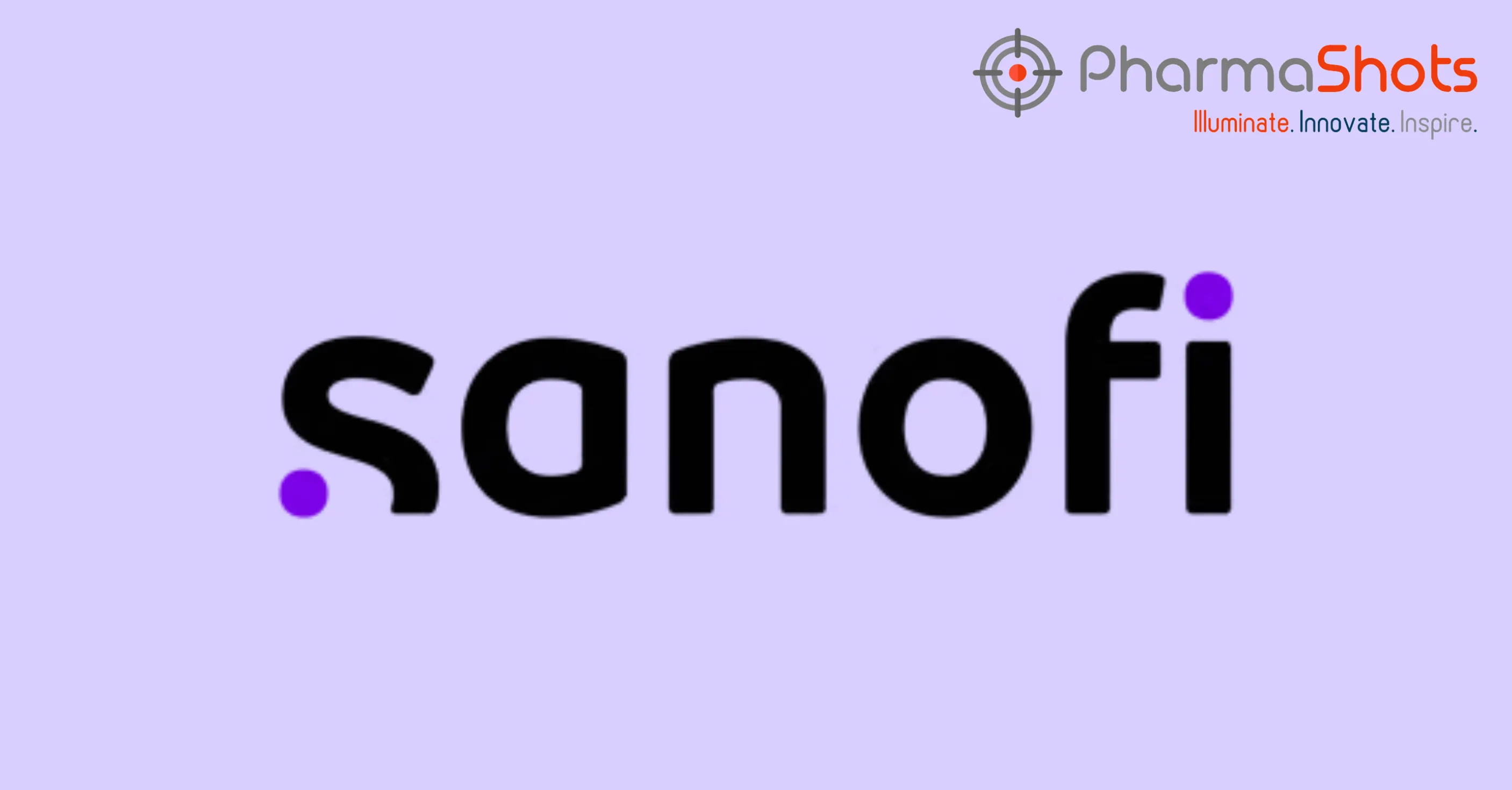
Health Equity: A Pressing Need
Shots:
-
With half of the World's population devoid of primary healthcare facilities, health equity is indeed an indispensable need of the present. With health equity instated, potentially everyone can attain the highest level of health. It means no more deaths from vaccine-preventable diseases, and a healthy equilibrium in the physical, mental, and social aspects of one's life.
-
As opposed to health equality, where the focus remains on providing equal healthcare provisions to everyone, health equity offers opportunities that go beyond equal representation in healthcare facilities. Health Equity explores social determinants of health and tries to eliminate the disparities to provide a level playing field
-
Navigate the prospects of health equity with PharmaShots. The article encompasses the prevalent social determinants, existing dimensions of health disparities, WHO roadmap to achieving Health Equity, our very own Octavus’ model on Health Equity, and global campaigns
Cascading with new-age technological advances, the healthcare industry manages to add a new milestone now and then. Health is often misunderstood and perceived as something that has to do with the wellness of the physical body but rather encompasses the aspects of the physical, mental, and social well-being of an individual. Health for All is an initiative by the WHO that promotes health, human dignity, and enhanced quality of life. Despite novel cutting-edge innovations in the healthcare domain, millions of people die every year due to a lack of healthcare facilities. Access to healthcare is a predominant human right and no individual should be deprived of it. Health equity advocates on eliminating disparities in health and its determinants. The article navigates the definition of health equity, a brief look at social determinants of Health, other dimensions of health disparities, a simplified version of the roadmap to achieving health equity by the WHO, followed by Octavus’ own model to achieving health equity, global campaigns and concluded with the noble efforts of pharma companies in promoting health equity as part of their ESG goals.
What Exactly is Health Equity?
Health equity aims to achieve the pinnacle of health for every individual while considering the social disparities that have been holding it back for years. It is sometimes confused with the phrase health equality, which aims to deliver equal healthcare provisions to all. Simply put, health equality refers to availing of equal healthcare opportunities to all, and on the other hand in health equity, along with equal healthcare opportunities some additional factors like socio-economic conditions, education, employment, and neighborhood, are also considered so that a level playing field is achieved while attaining the highest level of health. It can be best understood with the image showcased below:

A Peek at Social Determinants of Health
-
Healthcare Accessibility: With half of the world's population being devoid of basic healthcare, this social determinant indeed, is an important aspect that navigates the unmet needs of the modern world. One out of every 10 people in the US lacks healthcare insurance.
-
Work Environment: Even though the work environment is not completely instated in the study of health equity but plays an important role as a social determinant and cannot be ignored. People who are exposed to hazards and chemicals at work are more likely to get diagnosed with serious ailments in the future
-
Discrimination & Racism: Morbidity and mortality in different ethnic groups corresponding to the same neighborhood can be a testament to the fact that discrimination and racism still prevail in our society.
-
Neighborhood: The kind of neighborhood we live in contributes significantly to the social determinant of Health. In the USA, a study was conducted where various dimensions were explored, predominantly on people of color and white people. The study showcased that even though the mortality rate has significantly gone down amongst people of color, the diagnosis rate is marginally less as compared to the whites.
-
Education: An important parameter in the social determinants of health, education fosters awareness by providing a better understanding of the healthcare dynamics like the need for health insurance, incorporating a healthy diet and exercise in daily activities, and more
Dimensions like poverty, gender, orientation, and age, among others exert vehement impacts on achieving health equity. A level playing field is all we need to make a fresh start in our pursuit of achieving health equity.
Other Dimensions of Health Disparity
Outcasts, orphans, elderlies, and the LGBTQIA+ community are vulnerable to health disparity and receive little to no healthcare provisions in government programs. People living in remote areas lacking basic healthcare facilities are also prone to health inequity. Health disparity veils underneath social stigmas and prejudices affecting people of color. Blacks in the United States are more prone to heart diseases, diabetes, and hypertension in comparison to any other ethnic group. Moreover, the incidence of deaths in black children due to asthma is relatively high.
Those with comparatively low income are also included in the list of vulnerable groups. People struggling to barely make ends meet cannot afford healthcare expenses and most of the time diseases go undiagnosed. Despite numerous attempts to avail of healthcare provisions for differently abled people, all the plans seem bleak when it comes to implementation at the ground level.
Roadmap to Achieving Health Equity
WHO devised a subtle yet effective layout program to achieve health equity globally. A summarized outlook of the program is presented below:
-
Ensure: The healthcare sector must ensure the availability, accessibility, and acceptability of high-quality healthcare services. This step can only be achieved if we are determined to work on the ground levels
-
Tackle: It is indeed a crucial step in determining the outcomes of the program. By tackling social and structural determinants we can end prejudices against race, gender, socio-economic status, and other barriers to health equity
-
Monitor: By monitoring health inequities, the healthcare sector can track healthcare delivery services and can effectively fill the void
Octavus’ Model on Health Equity
PharmaShots’ parent company Octavus Consulting works closely and prolifically in the healthcare sector with a specialization in competitive intelligence, business intelligence, and market research. Octavus presents an effective five-step model for achieving Health Equity. So, bear with us while we unfold a synopsis of our advanced model:

-
Identify: Even though we have presented above a list of numerous social determinants and dimensions that influence health equity, several aspects add to health disparities or inequities predominant in a locality or neighborhood. By identifying these parameters, we can study the common barriers to health and come up with a conclusive plan to tackle these adverse aspects and emerge stronger than before.
-
Organize: By sorting out one or more social determinants of health, the healthcare sector and the government body can devise a plan to tackle such issues. For example, the Keats family (White) lives in a neighborhood with diverse ethnic groups, the healthcare provisions don’t serve all the communities equally. Keats family on the one hand is bestowed with good health, whereas the ethnic groups are suffering from preventable diseases that could be avoided if the primary healthcare sector didn’t show any disparity. This hypothetical case study showcases that the neighborhood suffers from racial bias. The healthcare sector along with the government body will require awareness campaigns run profusely to tackle this issue. Such methodology can be adopted to effectively screen and organize social determinants.
-
Deploy: The third step of Octavus’ health equity model is the most crucial of all as it requires groundwork volunteers and online campaigns to spread awareness on health and the collective benefit that comes out of it. The volunteer’s responsibilities range from spreading awareness by organizing events, online campaigns, advertising plans, and more.
-
Implement: The healthcare sector along with the government bodies must coordinate to devise several plans to bring out the downtrodden people by providing them with education, employment, and healthcare provisions. By doing so the conditions of people from third world societies can gradually improve. By implementing such plans at the grass root levels we not only ensure a better health for all but also contribute significantly to the economy. A healthy population begets a strong foundation of the country’s economy.
-
Monitor: By keeping an eye on the laid out plans, we can check persisting inequities, which can be tackled by augmenting the new and improvised plans on improving the healthcare provisions for everyone.
For a detailed report on the Octavus’ Model on Health Equity reach out to us at connect@pharmashots.com or bd@octavusconsulting.com
Global Campaigns on Achieving Health Equity
-
Sustainable Development Goal 3 (SDG 3): Established in 2015, Sustainable Development Goal 3 (SDG 3) delves into ensuring Good Health and Well-being. This inclusive plan was started by the United Nations and aims to achieve universal health coverage. With a noble aim to eradicate preventable deaths of newborns, reduce infant mortality, and put an end to epidemics.
-
Health for All: Popularized in the 1970s, the plan aimed at securing the health and well-being of people around the world. This initiative brought together the members of the WHO for the first time to work collectively to achieve global health by instating primary healthcare facilities for every individual.
Pharma Companies Involved in Advocating Health Equity as CSR Plan
-
In 2019, Sanofi partnered with FSG as a Corporate Social Responsibility (CSR) strategy to promote health equity
-
Amgen engages in health equity initiatives by including underserved populations in clinical trials while providing elaborate health education and being actively involved in community support systems
-
BMS diligently works to expand the reach of its medicines, especially for medically underserved populations
-
Novartis and Novartis Foundation US works with major pharma companies like Sanofi and Merck on a collaborative ten-year study on health disparities. The program Beacon of Hope works in collaboration with 26 Historically Black Colleges, Universities (HBCUs), and Medical Schools
Conclusions & Perspectives
"Rome wasn’t built in a day." The healthcare sector, government bodies, bureaucrats, volunteers, and the entire population must take the collective initiative to inculcate the idea of health equity in our minds. Obligated to fulfill ESG goals, pharma companies must actively participate in advocating Health Equity and must strive to make it successful. We as an individual must identify social disparities and inequities and try to stand against such practices in the hope of making our world a better place.
Known for articulately presenting and simplifying real-time life science news in three shots, PharmaShots caters to the growing needs of life science, pharma, Biotech, MedTech, and animal health companies with its content and digital marketing solution. Be it a curated disease report, or a Top 20 Companies analysis on assorted categories, we hold the whip hand to the healthcare industry. For more information, reach out to us at connect@pharmashots.com
PharmaShots’ parent company Octavus Consulting works steadfastly in assisting pharma, biopharma, biotech, Medtech, life science, animal health, and diagnostic companies with its real-world competitive intelligence, professional-grade business intelligence, and comprehensive market research. Reach out to Octavus Consulting at bd@octavusconsulting.com
Related Post: What are the Services Offered by Gastroenterologists?
Tags

Saurabh is a Senior Content Writer at PharmaShots. He is a voracious reader and follows the recent trends and innovations of life science companies diligently. His work at PharmaShots involves writing articles, editing content, and proofreading drafts. He has a knack for writing content that covers the Biotech, MedTech, Pharmaceutical, and Healthcare sectors.







